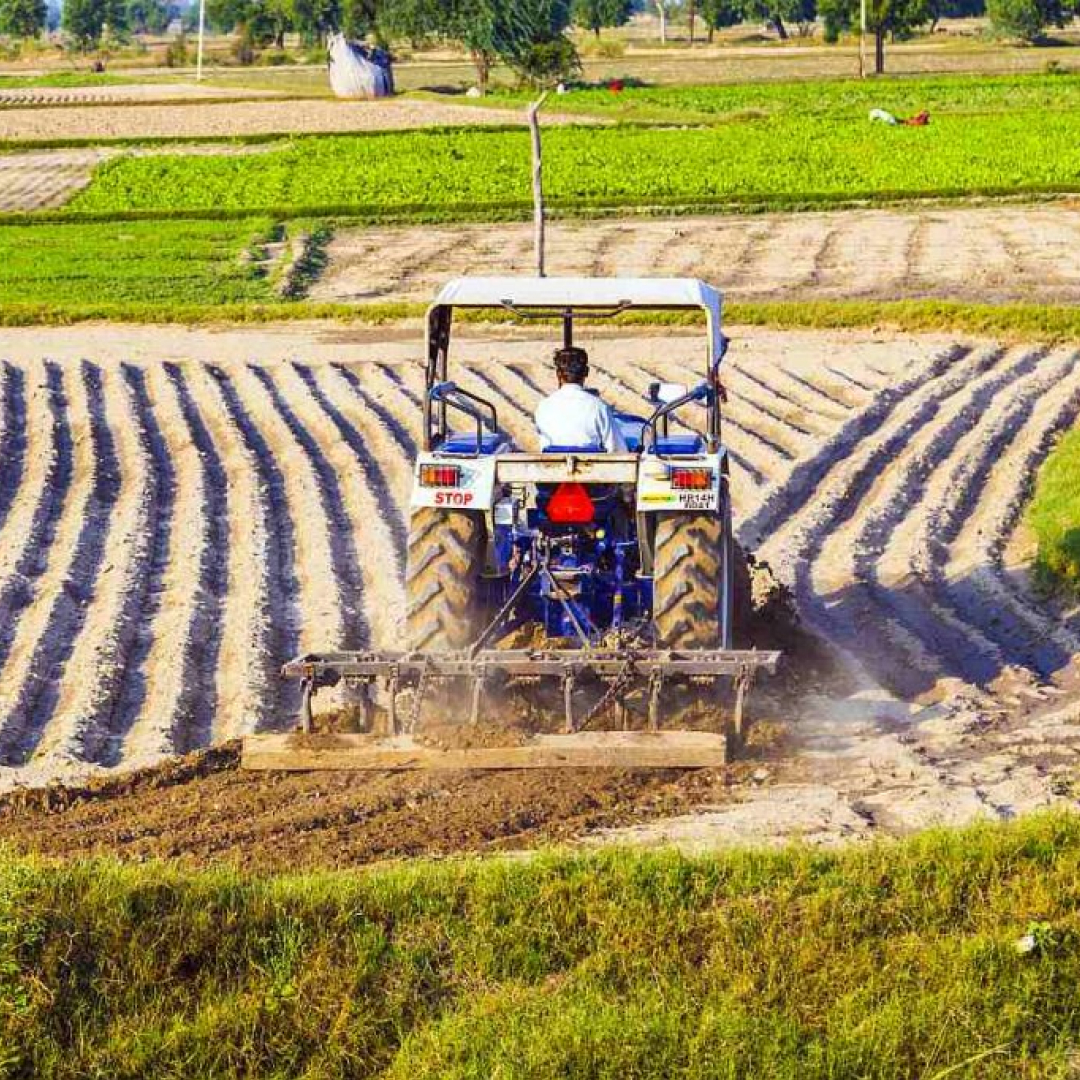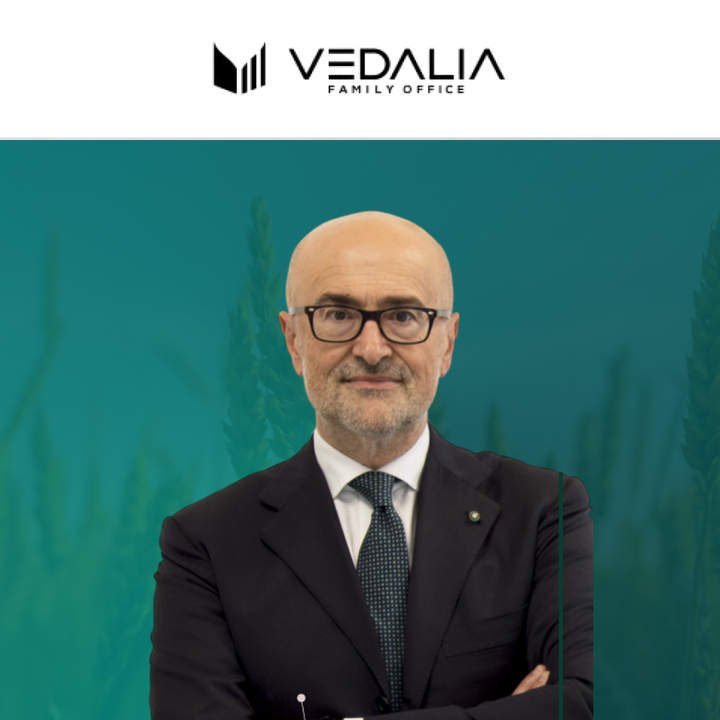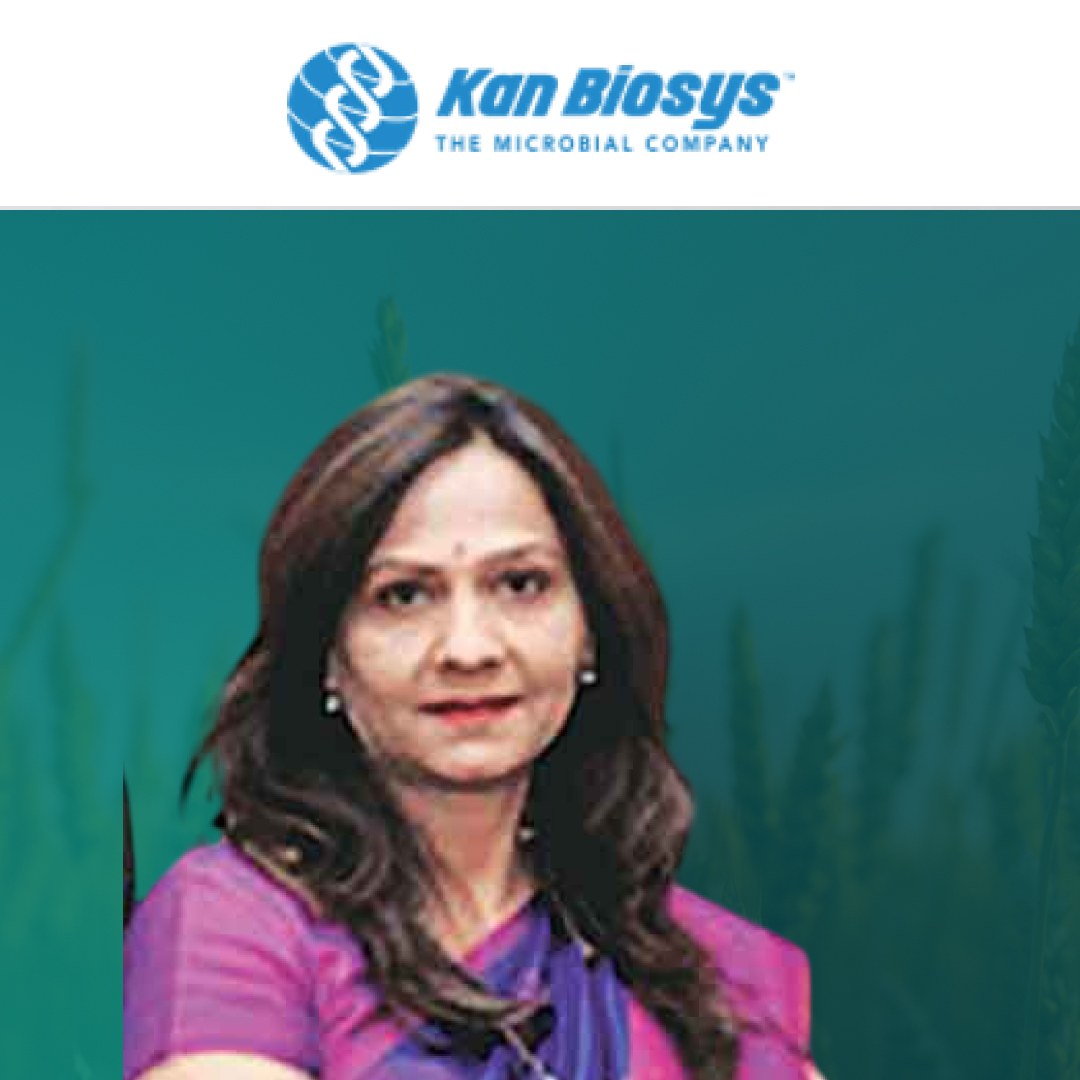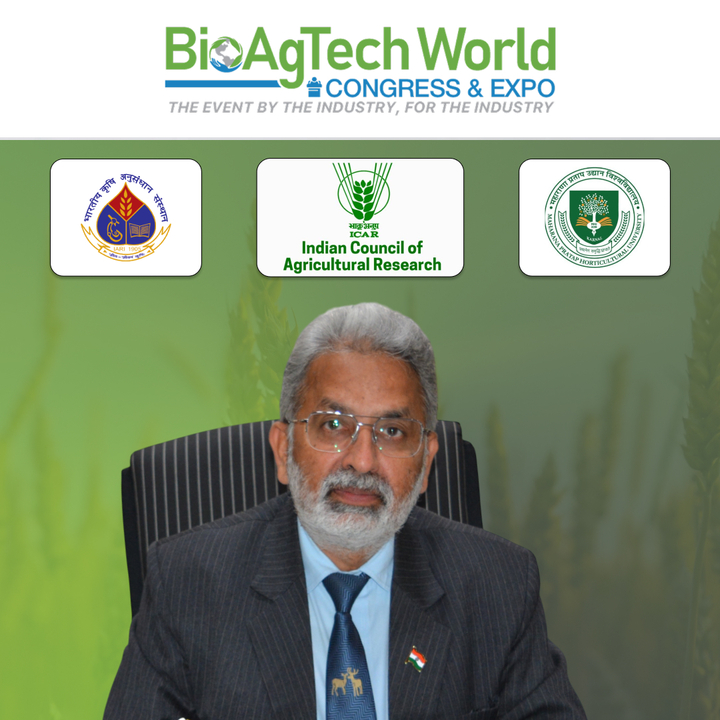
Introduction
As the world population is projected to reach 8.5 billion by 2030, 9.7 billion by 2050, and 10.4 billion by 21001, feeding this rapidly growing global population presents a paramount challenge. Biological agriculture (BioAg) and technology (BioAgTech), rooted in sustainability, offer a pivotal solution. Agriculture companies recognize the urgency of transitioning to BioAgTech, with increasing interest, innovations, and investment driving significant mergers and acquisitions. This underscores the industry’s commitment to innovative BioAg products and technologies.
Effectively navigating the BioAgTech landscape demands resilient, authentic, and intentional leadership. The closing session titled “Dynamism of BioAgTech Industry: Leadership Challenges and Opportunities” at the 5th BioAg World Congress 2024 in Raleigh, North Carolina, brought together CEOs from prominent BioAgTech businesses in a roundtable discussion. Sponsored by NPP by UPL, this session provided invaluable insights for navigating the dynamic and ever-evolving BioAgTech landscape. The CEOs shared their “Must Win Battles” to capitalize on tremendous opportunities while managing “Challenges and Temptations” given the tumultuous nature of the business.
This paper explores the transformative potential of BioAgTech amidst global population growth, emphasizing sustainable solutions in agriculture. It summarizes insights from the industry CEOs and underscores BioAgTech’s pivotal role in shaping a resilient and sustainable future for global agriculture.
The Rise of BioAgTech in Sustainable Agriculture
As the global population grows, so does the demand for food production, estimated to require a ~70% increase by 2032. This increase will primarily come from yield improvements (79%), cropland expansion (15%), and higher cropping intensity (6%)2. Consequently, the demand for sustainable technologies that improve productivity and nutrient use efficiency is rising. BioAg products and technologies, central to sustainable agriculture, are pivotal in meeting this demand.
Current Agricultural Industry Context
The agricultural industry is increasingly interested in sustainable solutions, despite challenges in venture capital funding. In 2023, the food and agriculture technology sector experienced a significant drop in funding, securing only $15.6 billion—a 49% decrease compared to the previous year3. This decline underscores the need for balancing positive momentum with industry challenges.
Must Win Battles
- Farmer Adoption: Empower farmers with knowledge and resources to adopt BioAgTech practices.
- Foster Collaboration: Accelerate the development and adoption of BioAgTech through industry collaboration.
- Increase Consumer Awareness: Educate consumers on the benefits of BioAgTech products and technologies.
- Circular Economy: Reduce waste and emissions in the agricultural process.
- Disruptive Innovation: Identify market-specific demands and implement innovative models.
Challenges and Opportunities
Challenges and opportunities coexist and enhance each other in a way that can lead to growth and improvement. Challenges often present opportunities for learning, growth, and innovation. Conversely, opportunities may come with challenges that need to be addressed to fully realize their potential.
Current Challenges in BioAg Tech:
- Legal framework: Lack of BioAg specific regulation(s).
- Farmer mentality: Changing their perceptions about crop protection.
- Distribution: Transforming from commodities to specialties.
- Raw materials: Shortages, especially of plant extracts.
- Market demands: Identifying and meeting specific needs.
Opportunities for Growth:
- Sustainable food demand: Increasing consumer preference.
- Reduced dependence on synthetic pesticides.
- Technological innovations: Constant advancements.
- Emerging markets: Growing opportunities for biocontrol.
- Interdisciplinary collaboration: Within the value chain.
- Row crops: A segment that is opening up for biocontrol.
Strategic Responses to Current Challenges
Agriculture is undergoing metamorphic changes, driven by technology, generational shifts, and external pressures such as geopolitical risks and climate change and volatility. To navigate these changes:
- Apply Learnings from the Past: Be flexible and open to new strategies.
- Competition and Collaboration: Compete fearlessly to increase investors’ ROI while collaborating effectively to address the global challenge of feeding the growing world.
- Geopolitics as a Variable: Companies must integrate geopolitical considerations into their strategic planning due to the unpredictable nature of international developments.
- Differentiation: Businesses should focus on diversifying their operations and markets to balance potential losses in one region with gains in another.
- Regionalization of Manufacturing: To mitigate logistical disruptions companies should localize production closer to their key markets rather than relying on a single global production hub.
Guidance for Future Leaders
- Embrace Innovation: Foster a culture of innovation and experimentation.
- Advocate for Sustainability: Champion sustainable practices and policies at all levels.
- People-Centric Focus: Prioritize ethics, commitment, and the well-being of people. Attract, nurture, and retain talent by fostering a shared vision.
- Adaptability: Change is constant. Leaders must be adaptable, resilient, and comfortable with the unknown. Supporting teams through change involves being authentic, transparent, and communicative. Listening to employees and keeping them informed is crucial.
- Self-care: Personal experiences shared by leaders highlight the importance of self-care during times of change, staying connected with mentors, and embracing challenges as opportunities for growth.
The BioAgTech industry holds immense potential driven by innovation, leadership, and a positive outlook. By addressing the must-win battles and embracing both challenges and opportunities, the BioAgTech sector can play a crucial role in feeding the growing global population sustainably. The dedication and foresight of BioAgTech CEOs will be instrumental in shaping the future of agriculture, ensuring food security for generations to come.
For further engaging and insightful discussions with BioAgTech leaders, save the date for the 6th BioAgTech World Congress from April 23 – 25 in New Delhi, India. Together, let us foster a robust community that supports each other and drives the advancement of BioAgTech.
Resources







Leave a Reply